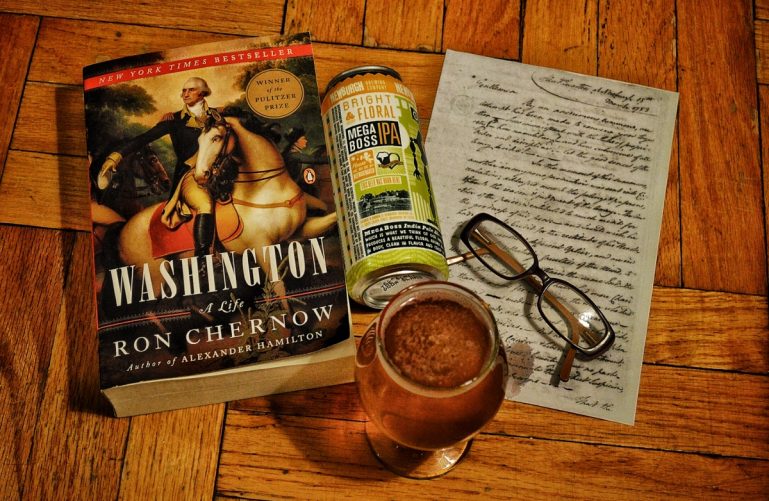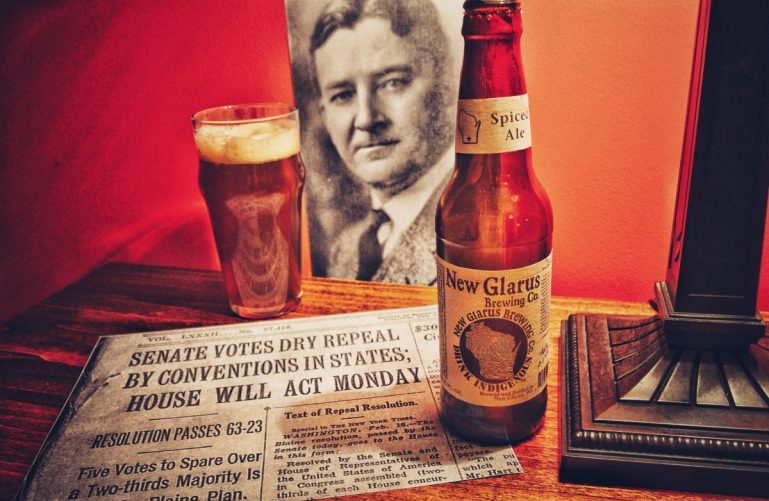The Bear Flag Revolt: California’s Path To Independence
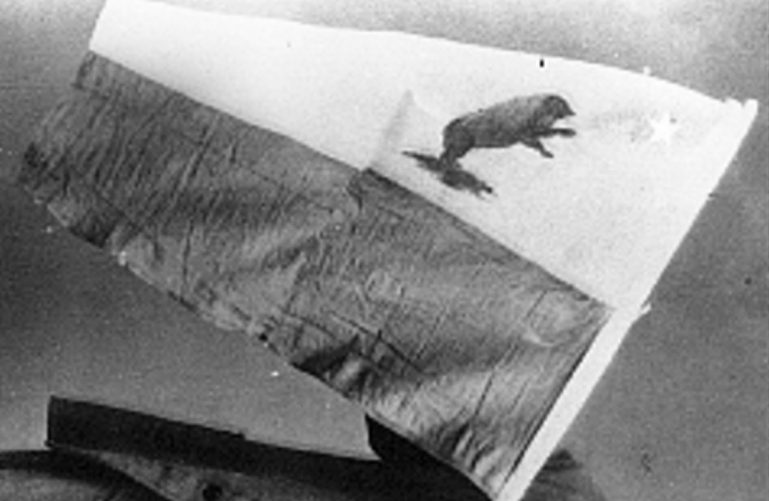
When Mexico won its independence from Spain in 1821, their territory included a vast swath of land stretching into the modern-day American West. Always the industrious lot, many Americans took advantage of this opportunity.
Hopeful that more settlers would help grow the economy and protect the land from Native Americans raids, the Mexican government welcomed everyone with very few regulations. Even though they technically had to become Mexican citizens, many settlers made no attempts to assimilate to their new homeland. By the time the Mexican government realized there was a growing number of residents who remained loyal to the United States and her institutions (including slavery which Mexico had abolished by 1829), it was too late to build a wall to keep them out.
A Texas-Sized Precursor
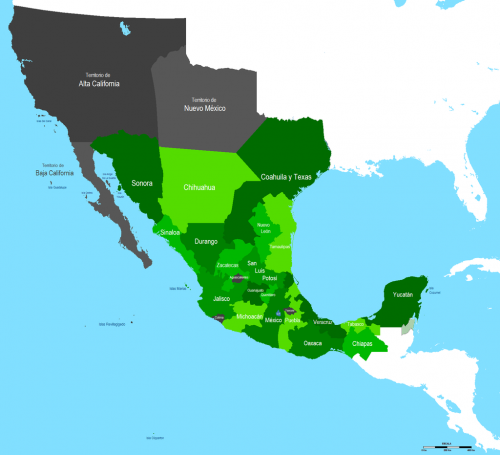
Texas was the first domino to fall. In 1835, Texans comprised primarily of American settlers rebelled against the Mexican government. The Texas Revolution has since been burned into the American consciousness. Almost everyone knows the story of The Alamo and no I’m not talking about the time Ozzy Osbourne peed on it. Davey Crocket, James Bowie, William Travis and approximately 200 other Texans were killed (with some being executed after surrendering) defending the Alamo from Mexican forces. “Remember the Alamo!” became a rallying cry for the Texans who would soon take part in some massacring of their own at the Battle of San Jacinto. After achieving their independence in 1836, Texas would remain an independent nation for nine years. And yes, this is around the time that Texans got their massive egos.
The eventual annexation of Texas by the United States in 1845 (Texas officially relinquished sovereignty on February 14th, 1846) and the border dispute that followed led to the outbreak of the Mexican-American War on April 25th, 1846. This is where California and the much lesser known Bear Flag Revolt enter the story; thankfully with a lot less bloodshed and more drinking.
The Ide of June: Californians Assemble
Just as they were attracted to Texas, a number of Americans settled in northern California around modern day Sacramento. Unlike Texas, though, the central Mexican government had virtually no control in this territory so these settlers remained largely ignored. Guess when this changes? C’mon, it’s super easy! That’s right! 1845! Wanting to prevent another Texas from happening, Mexican officials ordered that American immigrants should no longer be allowed into California and that those settlers who weren’t naturalized Mexican citizens needed to leave California. How dare they?!
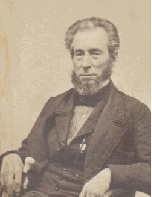
On June 8th, 1846 William Ide, who had settled in California less than nine months ago, received an unsigned note warning of an armed group of Mexican soldiers making their way through Sacramento Valley and destroying the farms of American settlers. The same note urged the Americans to meet up with US Army Captain John C. Fremont and his 62 man “mapping and exploration” expedition who just so happened to be in the area. While Fremont was unable to actively provide support to Ide and his group (while war had already been declared, the news hadn’t reached California), he strongly urged them to revolt. Their schedules were open, so the settlers were happy to oblige.
The Bear Flag Revolt

The Bear Flag Revolt officially started on June 14th, 1846 and paved the way for California’s independence from Mexico. After liberating a herd of 170 horses from Mexican soldiers, the rebels went on to gallantly capture the Presidio (fort) of Sonoma and Mexican General Mariano Guadalupe Vallejo. And by capture, I mean wake up Vallejo and his 12 soldiers and let them know that they were now prisoners. While at Sonoma, Ide prepared an eloquent “Proclamation of Independence” explaining the reasons behind their revolt. Some accounts, however, say that the rebels were too inebriated on General Vallejo’s stash of wine and brandy (men after my own heart) to formally approve the Proclamation. So, they opted for a much simpler proclamation which stated: “The undersigned hereby agree to organize for the purpose and maintaining the independence of California.” We can’t all be Thomas Jefferson.
The first Bear Flags, the symbol of the new California Republic, were soon created to commemorate the occasion. One of the first versions was designed by William Todd, nephew of Mary Todd Lincoln. His version featured one star (reminiscent of Texas’ lone star), a bear (which some argued look a lot more like a pig or a wild boar), a red stripe and the words “California Republic” on a white background. Made of scraps of fabric and hand-drawn symbols, the flag was meant to represent the strength and ferocity of the new California Republic. Besides looking pretty sweet, the Bear Flag would give the rebels their name, the Osos (Bears).
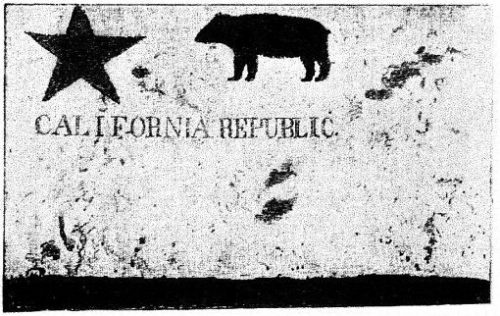
The rest of the Bear Flag Revolt consisted of a few additional skirmishes which resulted in minor casualties on both sides. There were very few Mexican soldiers in the area and even many of the Spanish-speaking locals didn’t care for the Mexican government so there was little resistance. Soon, Captain Fremont (who by the way is, in my opinion, one of the more fascinating characters of 19th Century America) discarded any pretense of neutrality and captured the Castillo de San Joaquin near present-day Sausalito on July 1st. Finally, on July 7th, US Navy Commodore John Sloat, who also just so happened to be in the area, sailed into Monterey Bay, bloodlessly captured the city of Monterey, and proclaimed that California was now part of the United States. The Bear Flag Revolt officially ended on July 9th when the American flag was raised over Sonoma and the short-lived California Republic happily agreed to US control. Not bad for a bunch of (possibly) inebriated transplants against a rather indifferent enemy.
Craft Beer Pairing: Bear Republic Brewing

The California grizzly bear remains an important symbol in California despite its extinction in the 1920s. The current state flag of California closely resembles the original Bear Flags, a number of collegiate teams sport ursine names and, most importantly, there’s even a brewery that embraces California’s bear heritage. Cloverdale, CA based Bear Republic Brewing Company was founded in 1995 and was recognized as the 44th largest craft brewery in the US in 2016. Most of their year-round bottle releases are hop-forward, so people who enjoy Pale Ales/IPAs should take note of them if they haven’t already.

Racer 5 IPA is one of Bear Republic’s flagship beers. Very carbonated with lovely golden hue and thick head, citrusy and herbal hops jump out in the aroma along with an earthier, malty base. When it comes to taste, this beer is all about balance. Piney hops are kept in check with a strong malty backbone. There’s a lingering bitterness as you finish a sip, but it’s not overwhelming. It’s a very different beer than the citrus bombs I’ve been drinking recently, but incredibly reminiscent of the IPAs that got me into craft beer. And if California’s Bear Flag and this beer are any indications, sometimes you just don’t mess with the classics.

